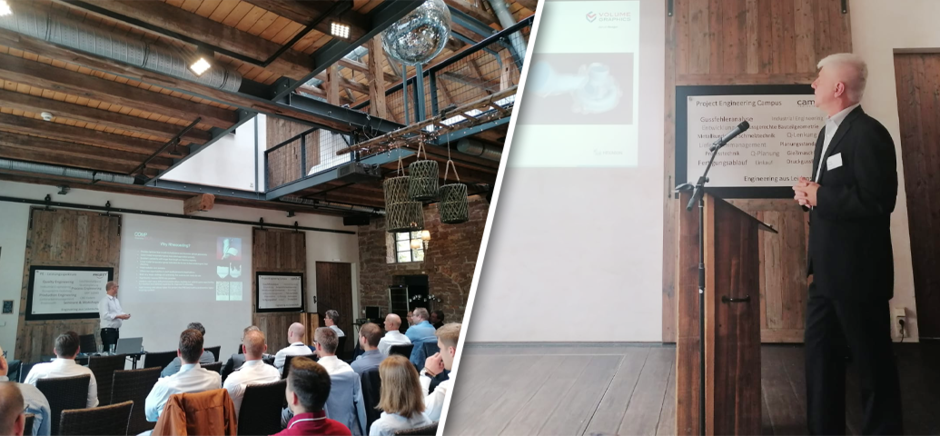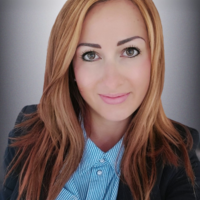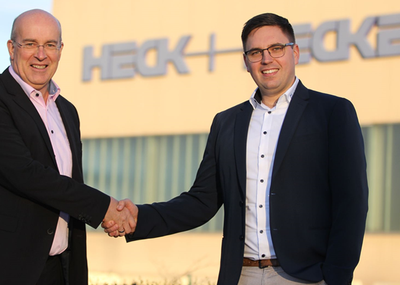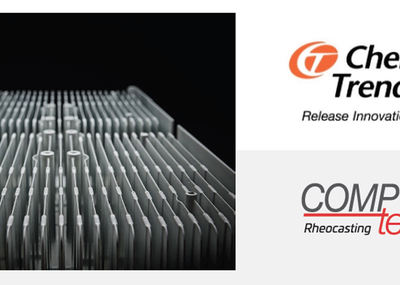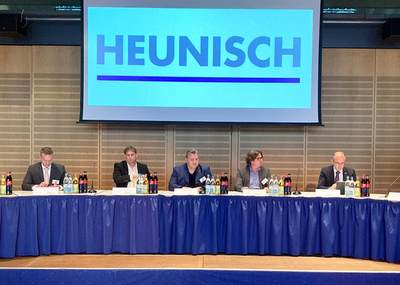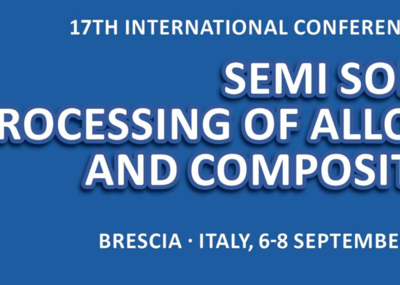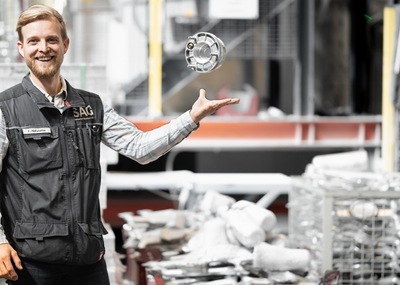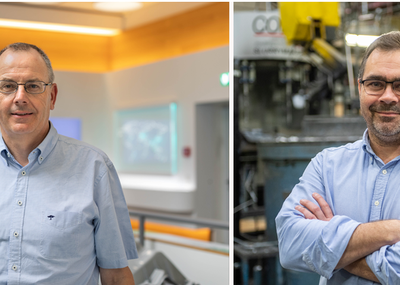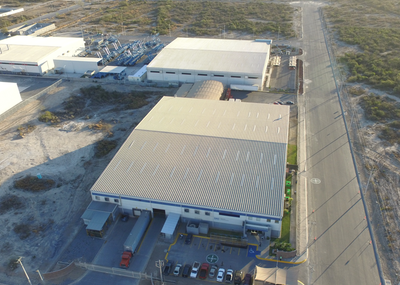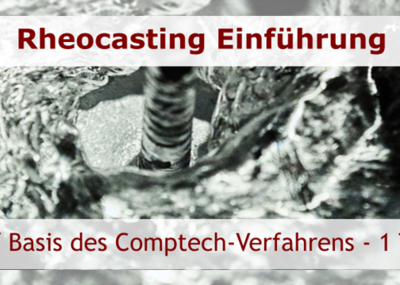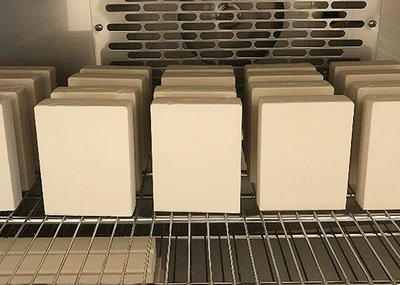The event was opened by Martin Braus, Managing Director of Project Engineering. In the first presentation block", Urs Brandenberger, casting process expert from Project Engineering, presented casting process planning 2.0 with Visiometa (NOT another simulation software). The special feature of Visiometa is that the visualisation is already done in the software. Further characteristics of Visiometa are efficiency, rapidity, usability, a smart design, and cost-effective conditions.
Die-cast prototypes with series profile - is that possible?
The following presentation was hold by Benjamin Jung, member of the management board of Heck + Becker GmbH & Co. KG. Thereby the question was: Die-cast prototypes with series profile - is that possible? In a survey, in which all participants could vote by smartphone, it became obviously that many didn’t know that prototypes are possible in die casting (3rd position). The participants also rated prototypes in die casting as expensive (2nd position). In addition, the opinion was: changes afterwards are not possible at all (1st position). But as Jung subsequently confirmed - Yes, prototypes are also possible in die casting! (see graphic)
Non-destructive testing with industrial computer tomography (iCT)
The presentation by Andreas Harborth, Product Manager Casting at Volume Graphics, was about non-destructive testing with industrial computer tomography (iCT) in light metal foundries. Harborth showed the process from porosity analysis to strength calculation directly on the basis of CT data. Conclusion: Industrial computed tomography (iCT) in the foundry exceeds the xpectations! One example of the cost-cutting potential is the LH/RH strut support, as well as experience from industry showing that investments in atline CT systems are amortized after a short time.
"On the way to sutainable castings - CO2 reduction through rheocasting".
Furthermore, sustainability was a topic in the series of lectures. Especially in the presentation "On the way to sutainable castings - CO2 reduction through rheocasting" by Staffan Zetterström, Marketing and Sales Director of the Swedish company Comptech i Skillingaryd. In particular, Zetterström revealed the potential of CO2 reduction through rheocasting. He also referred to the responsibility to involve OEMs more in reducing the CO2 footprint.
Looking "beyond the end of one's nose" - casting simulation of semi-solid casting
The presentation by Benjamin Bode, simulation expert at Project Engineering, offered a view "beyond the end of one's nose" - casting simulation of semi-solid casting. In his presentation, Bode explained the basics of rheology, followed by examples from scientific work, such as the solidification and melting of semi-solid alloys, shear rate-dependent measurements, calibration according to Prosenjit Das and calibration according to assumptions from the CompTech process. A comparison between filling with standard boundary conditions for HPDC and filling with semi-solid casting boundary conditions was also presented.
AI-supported process acoustics for silica sand classification in friction-regenerative moulding sand processing
The subsequent presentation by Dr.-Ing. Sebastian Tewes from Foundry-Skills.com was about AI-supported process acoustics for silica sand classification in friction-regenerative moulding sand preparation. It turned out that there is an acoustic distinction between virgin sand and regrind. AI-supported process acoustics thus enable audio-monitored manufacturing systems as well as full monitoring - in the sense of the Smart Factory.
Why press casting should be called "cast forging".
In the last lecture, "The Cast Forging Process", Urs Brandenberger illustrated why press casting according to Uhlmann should be called "cast forging". In this context, Brandenberger referred to the advantages of the process compared to the classic aluminium-based mould casting processes.

